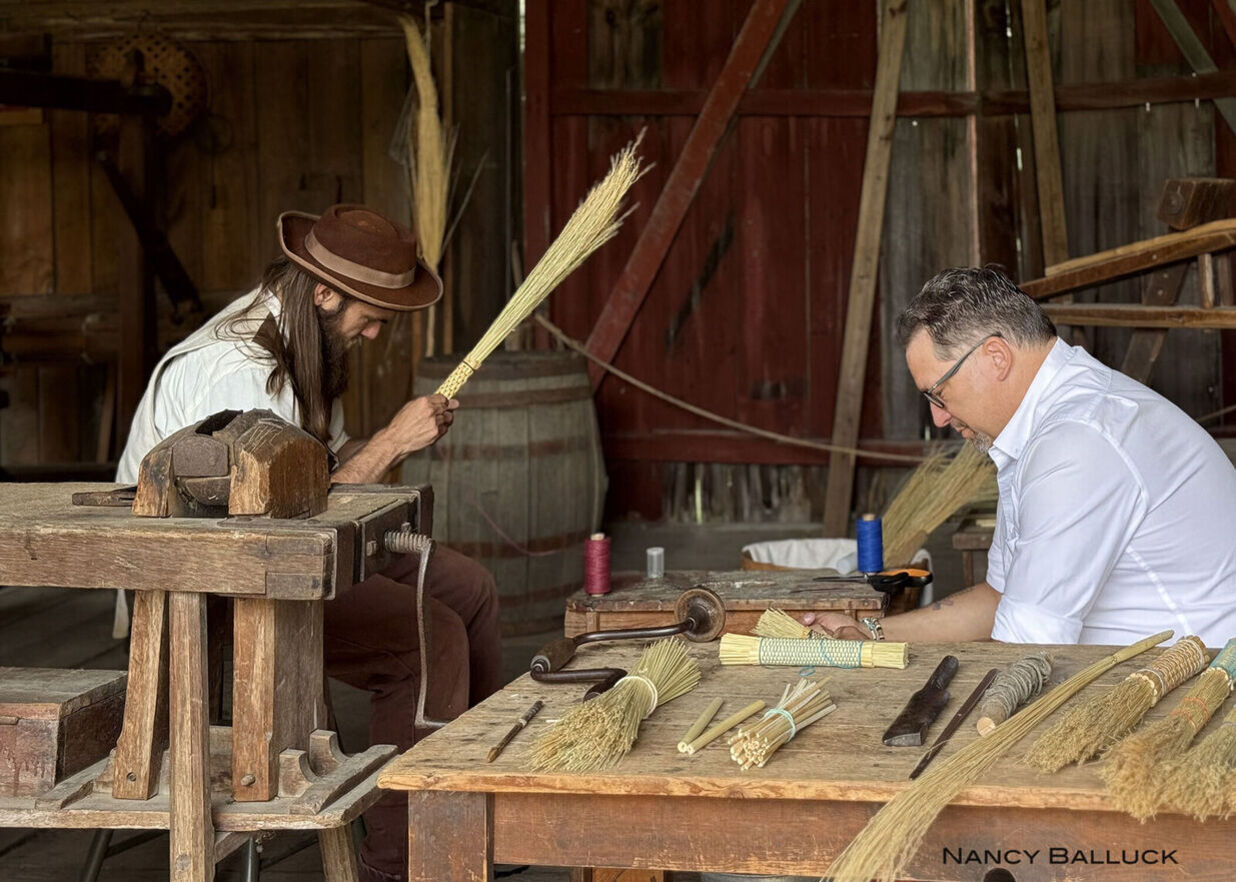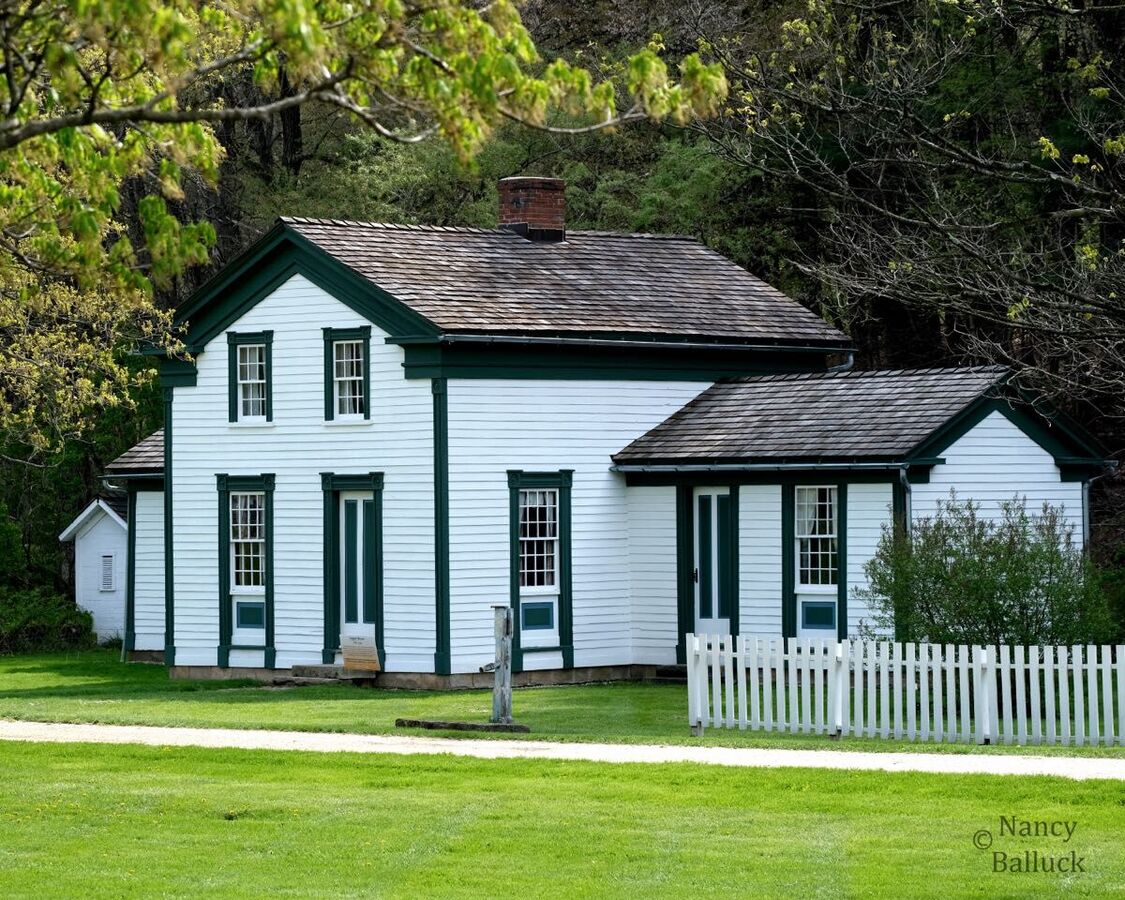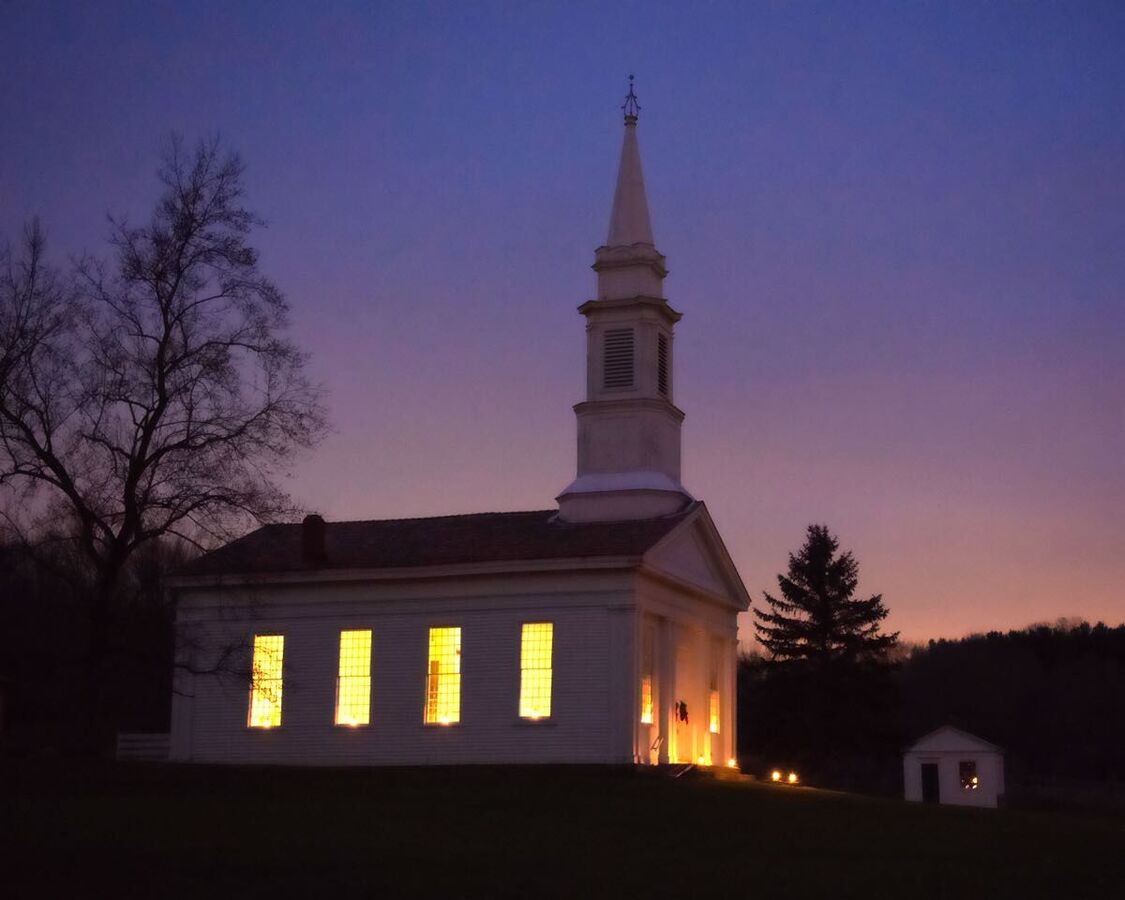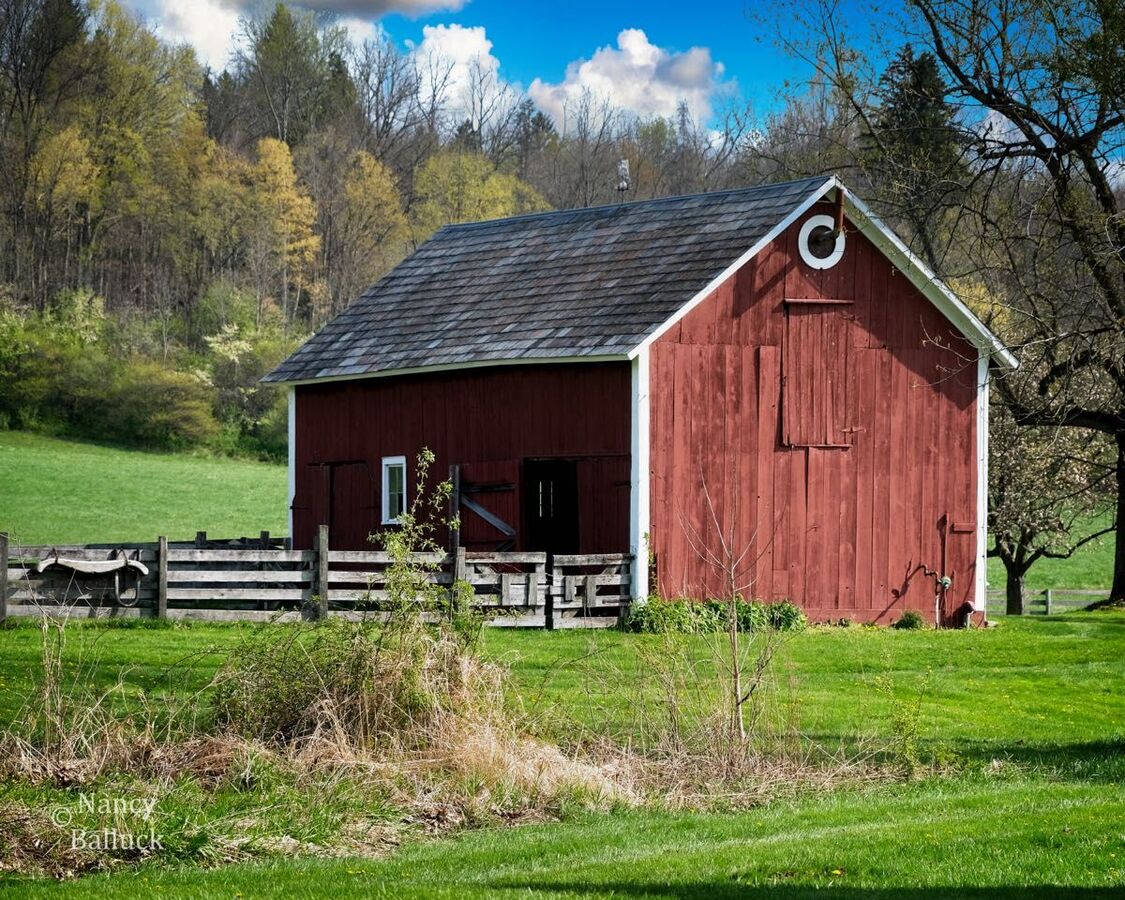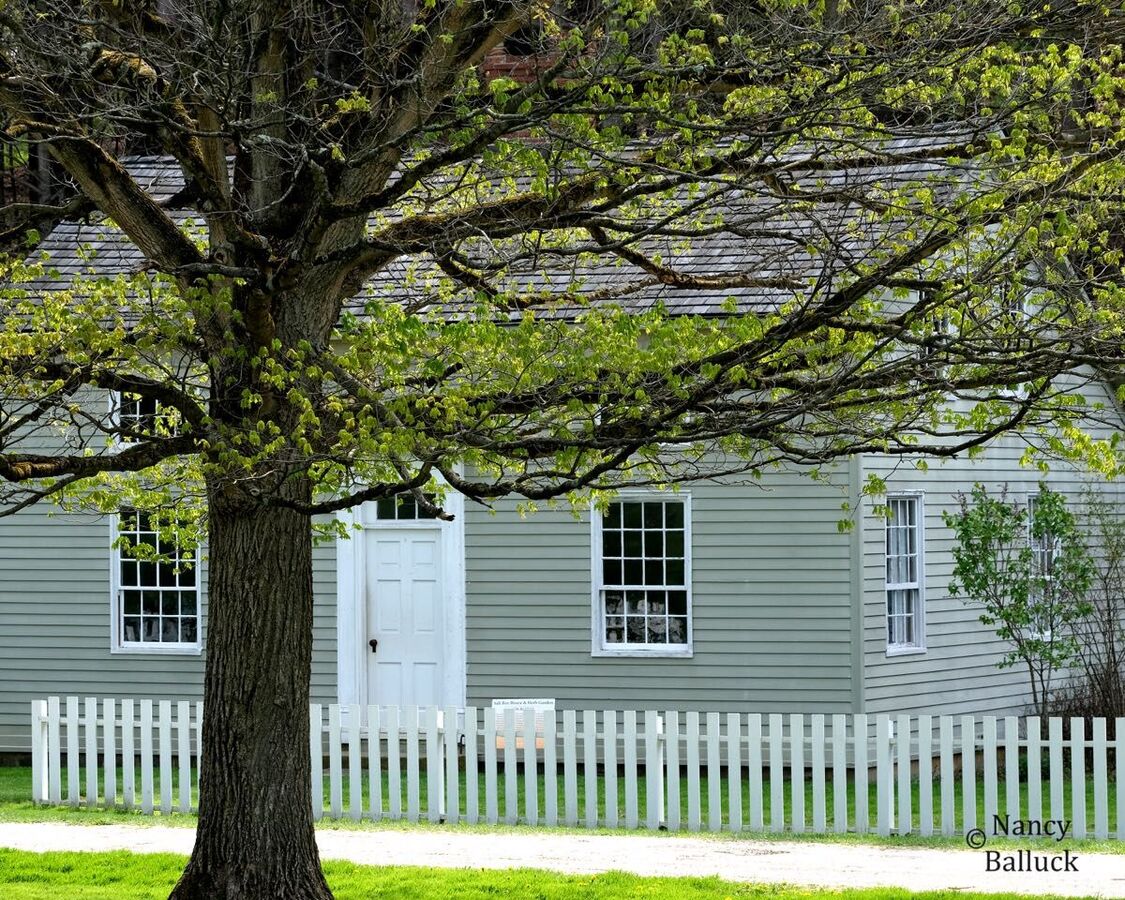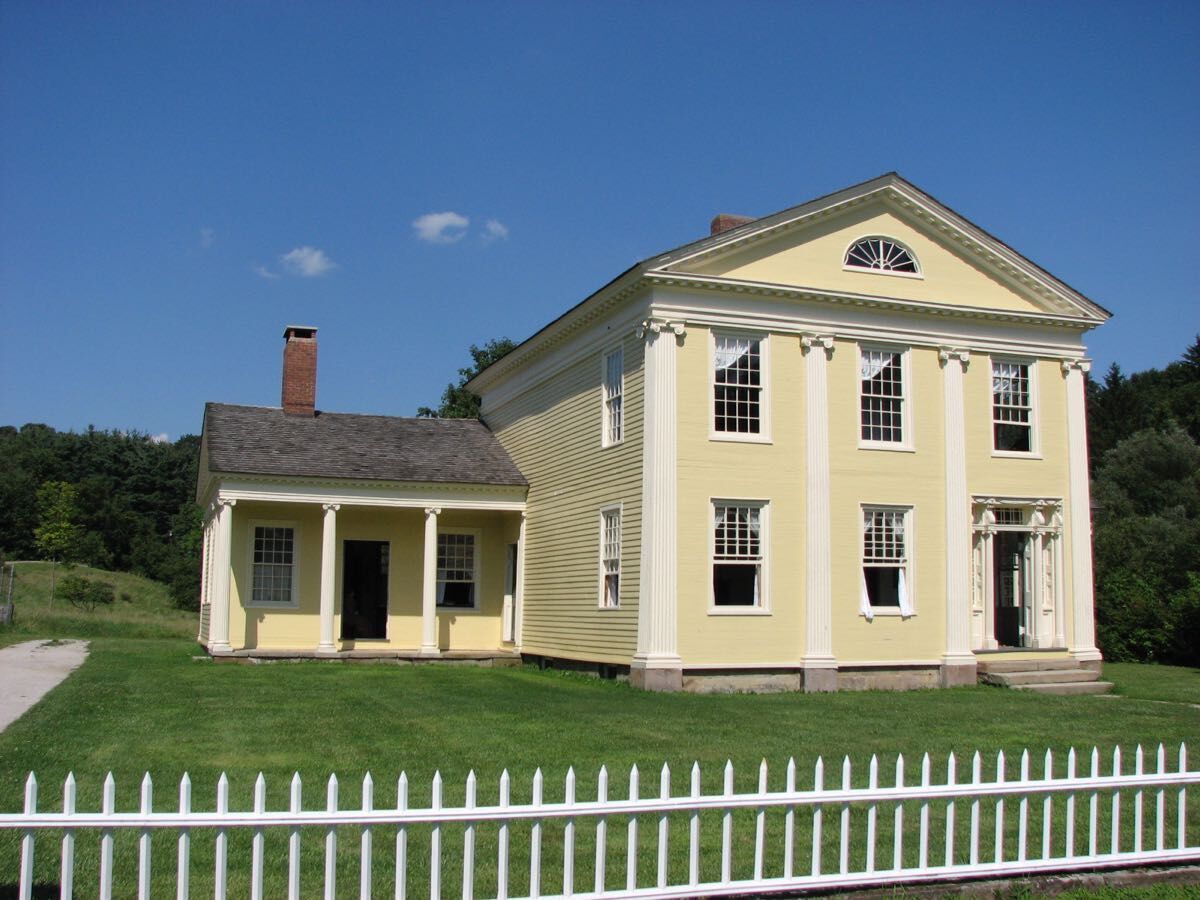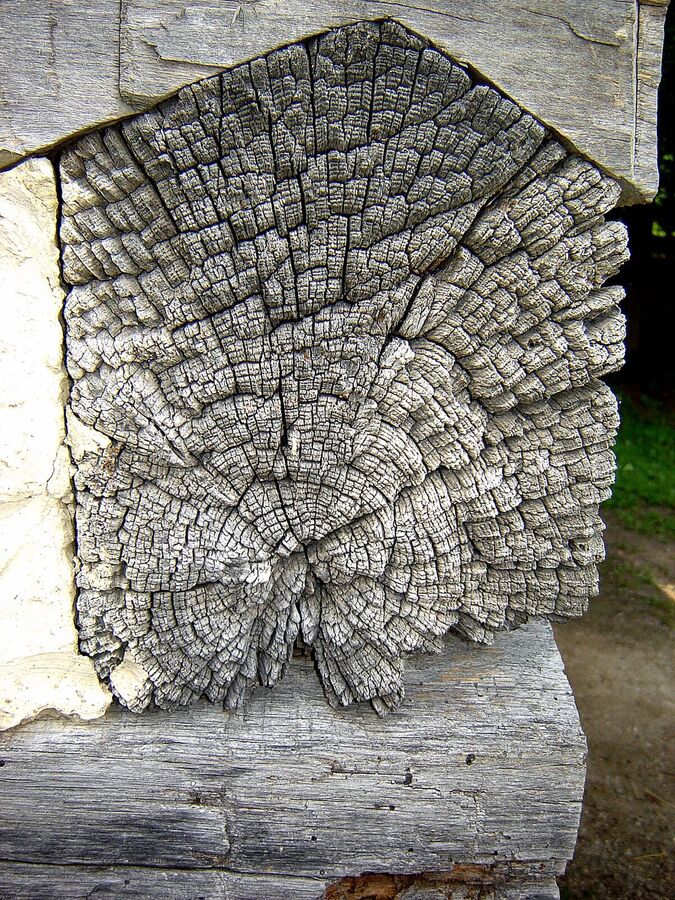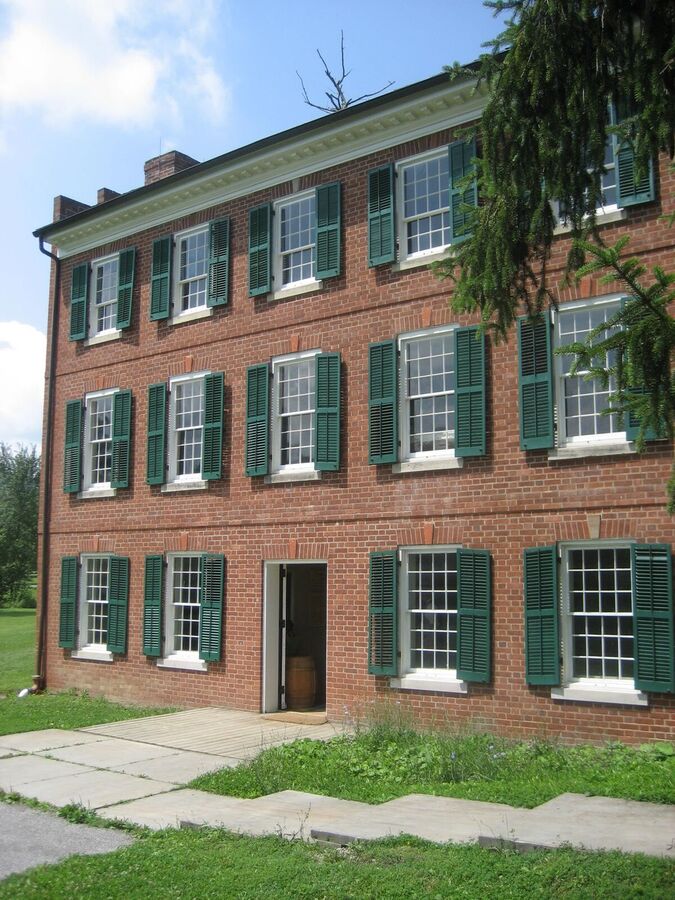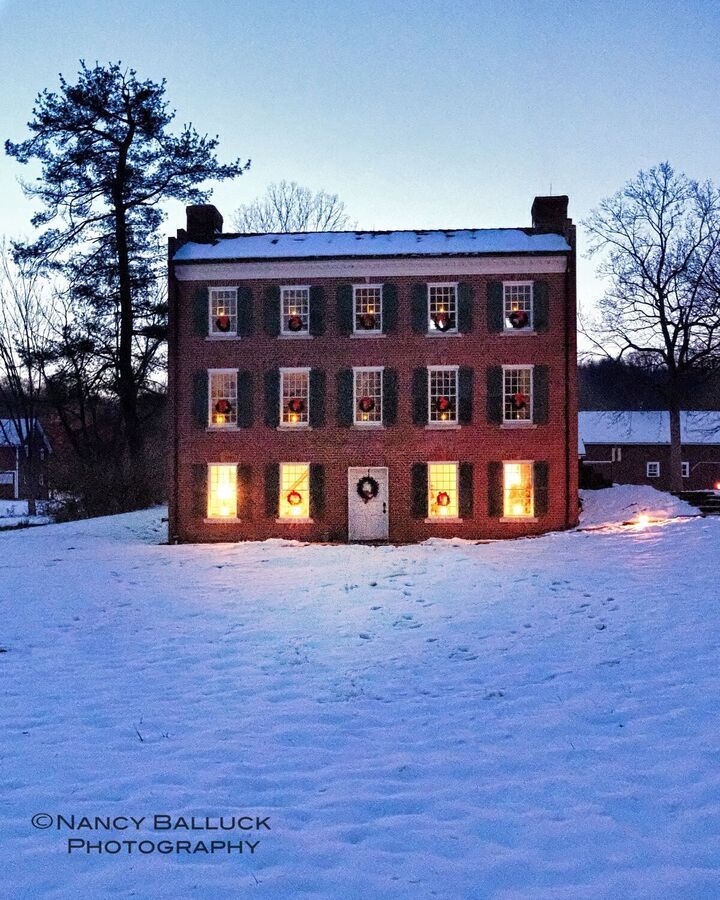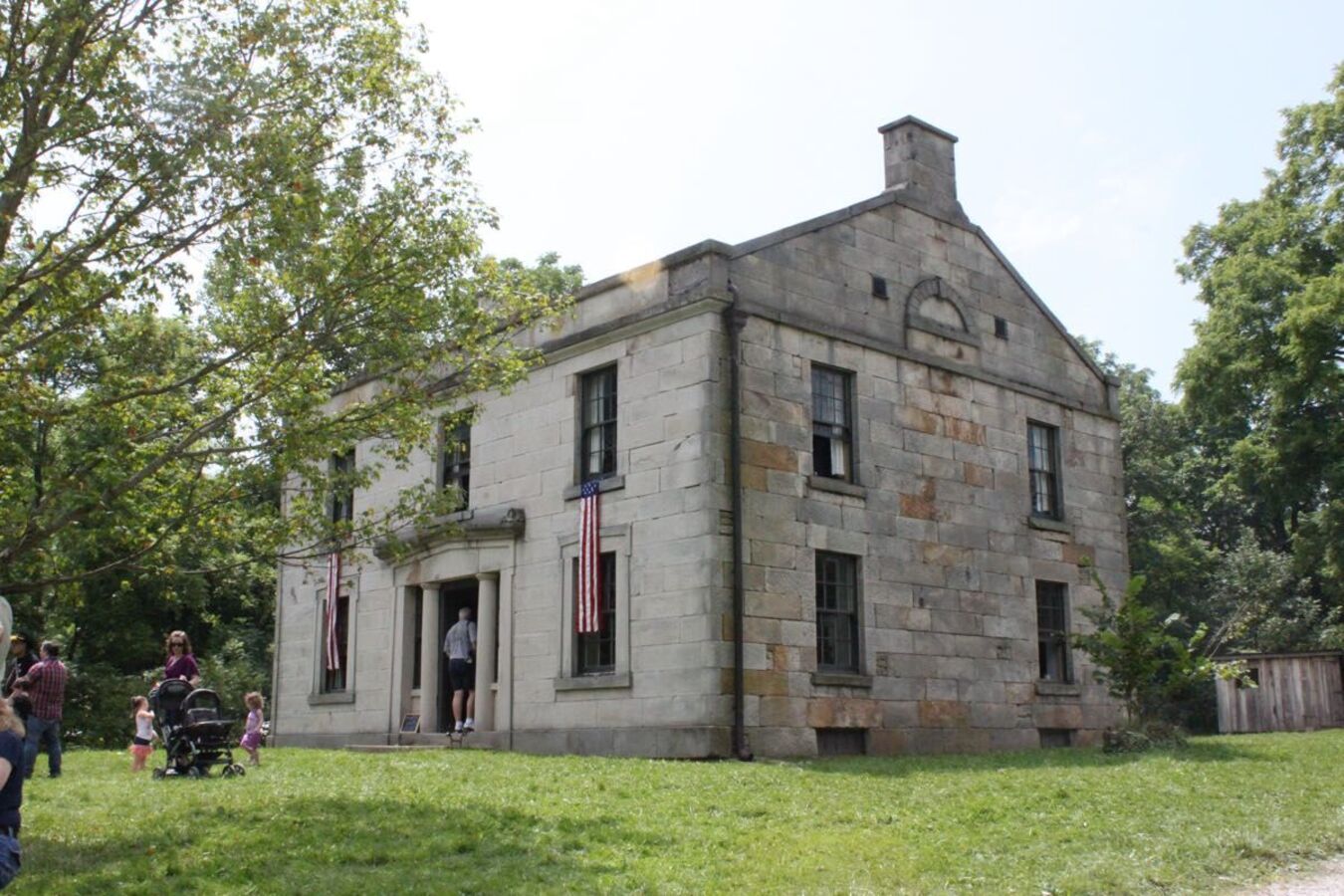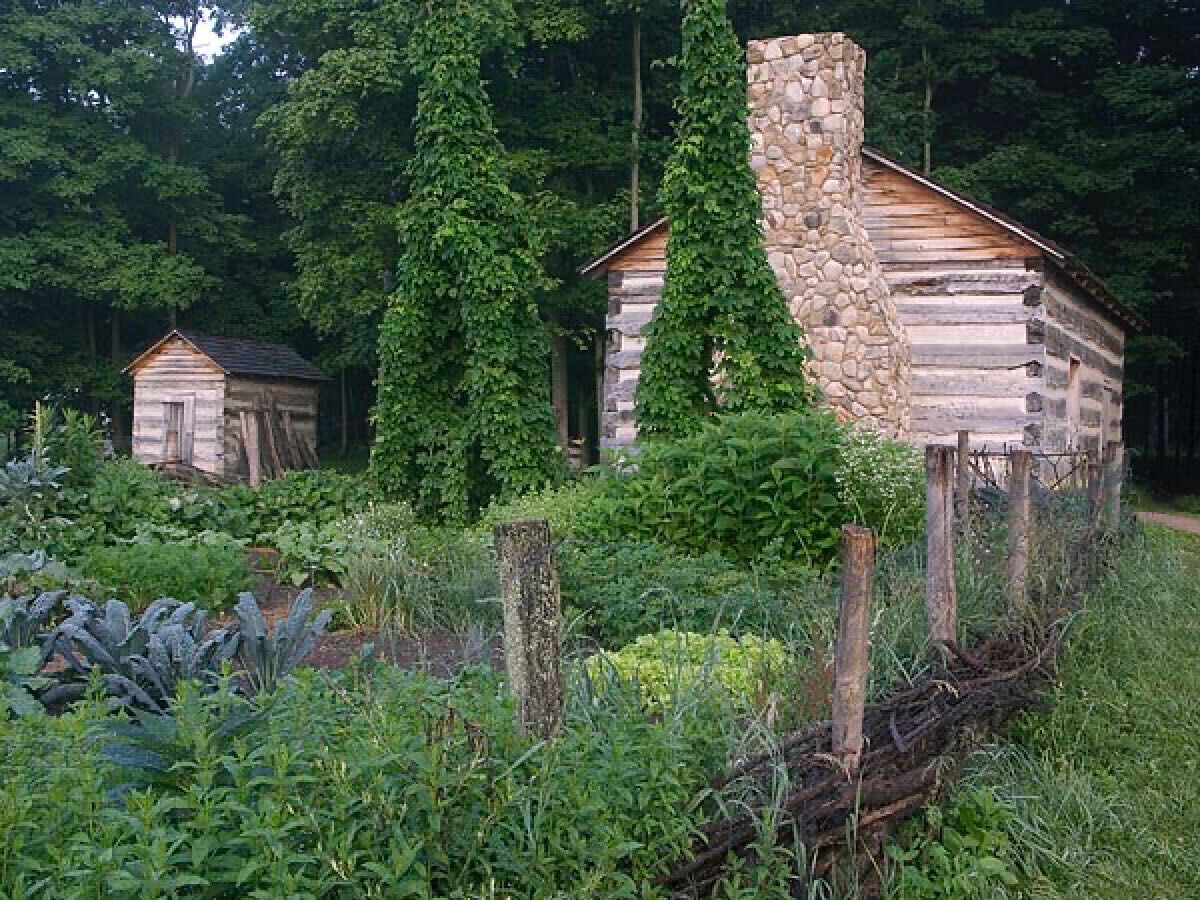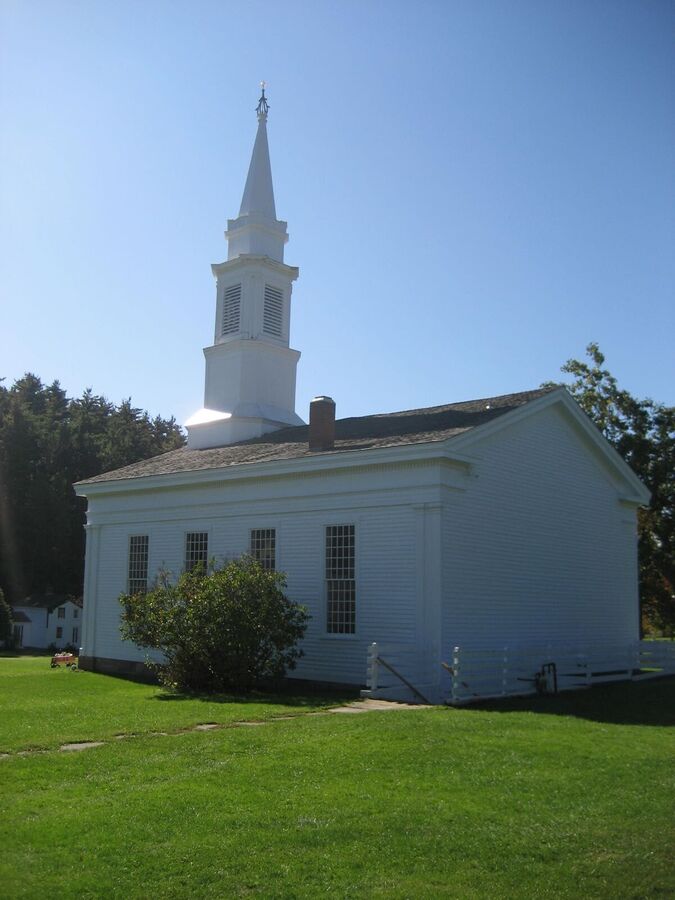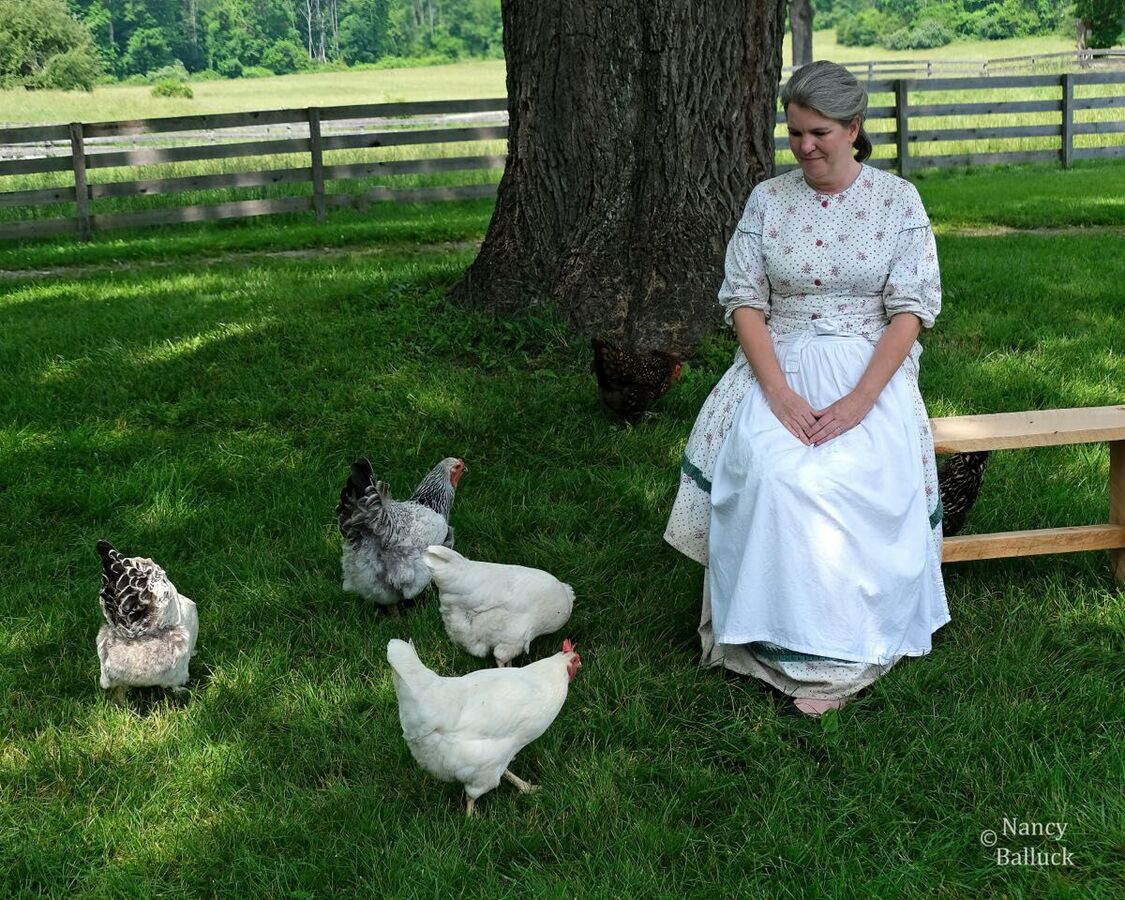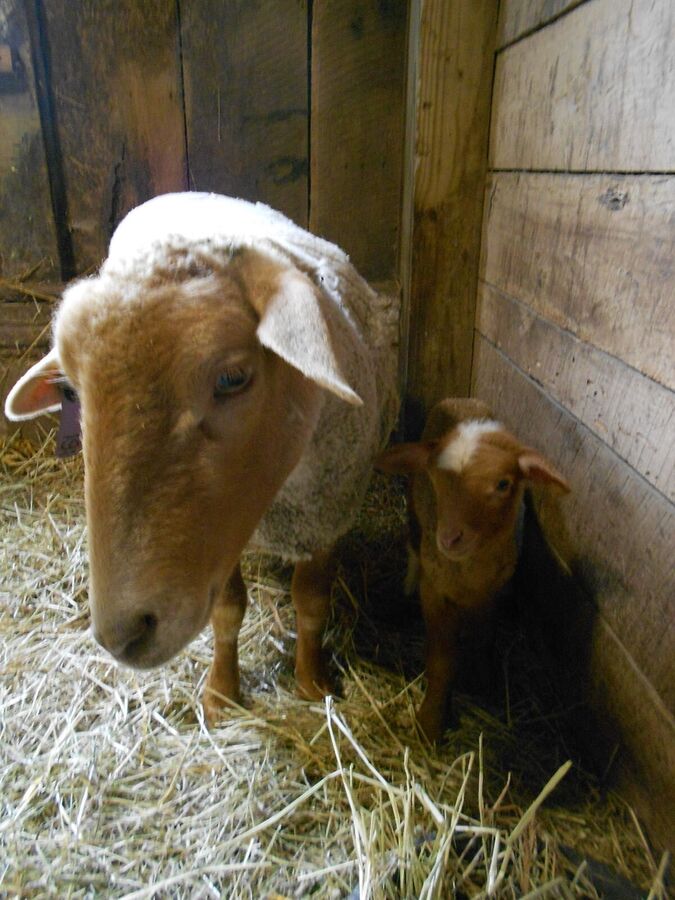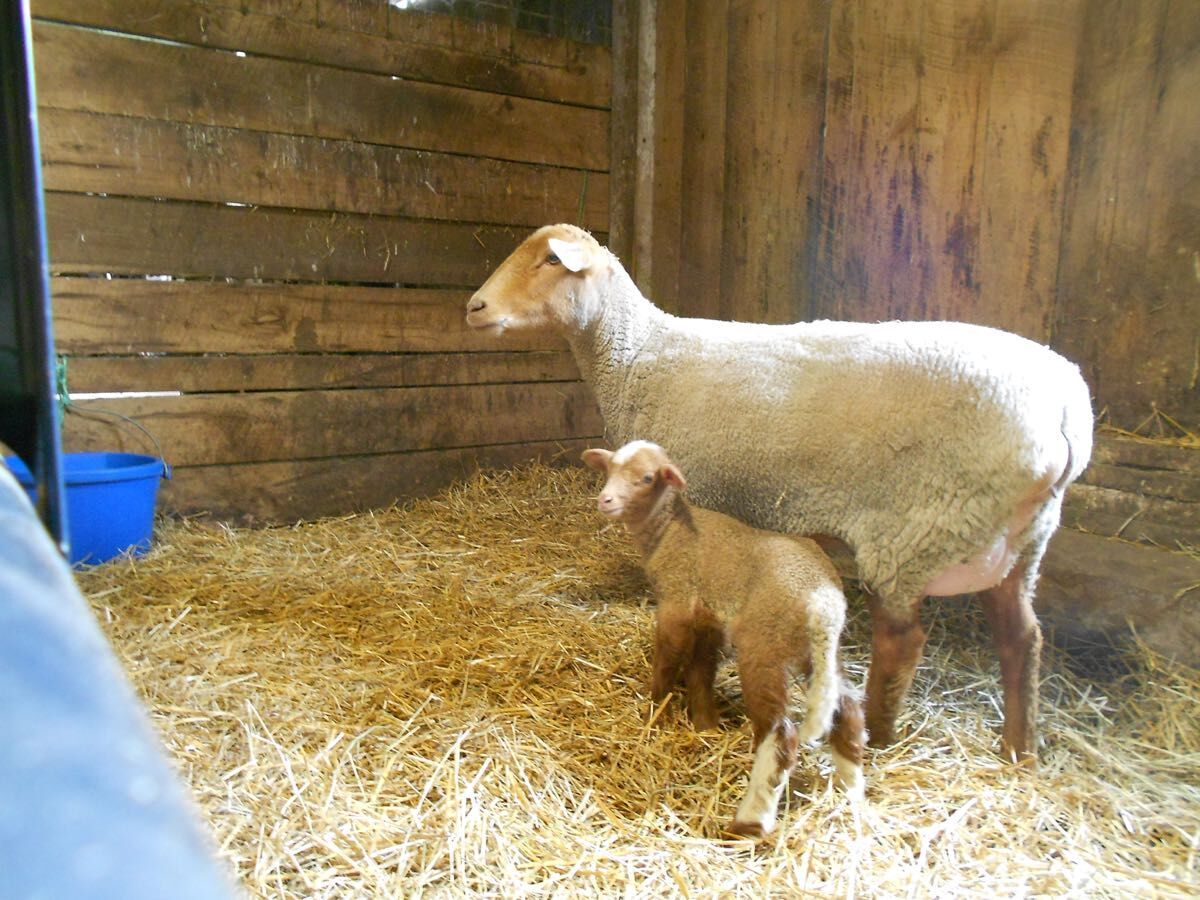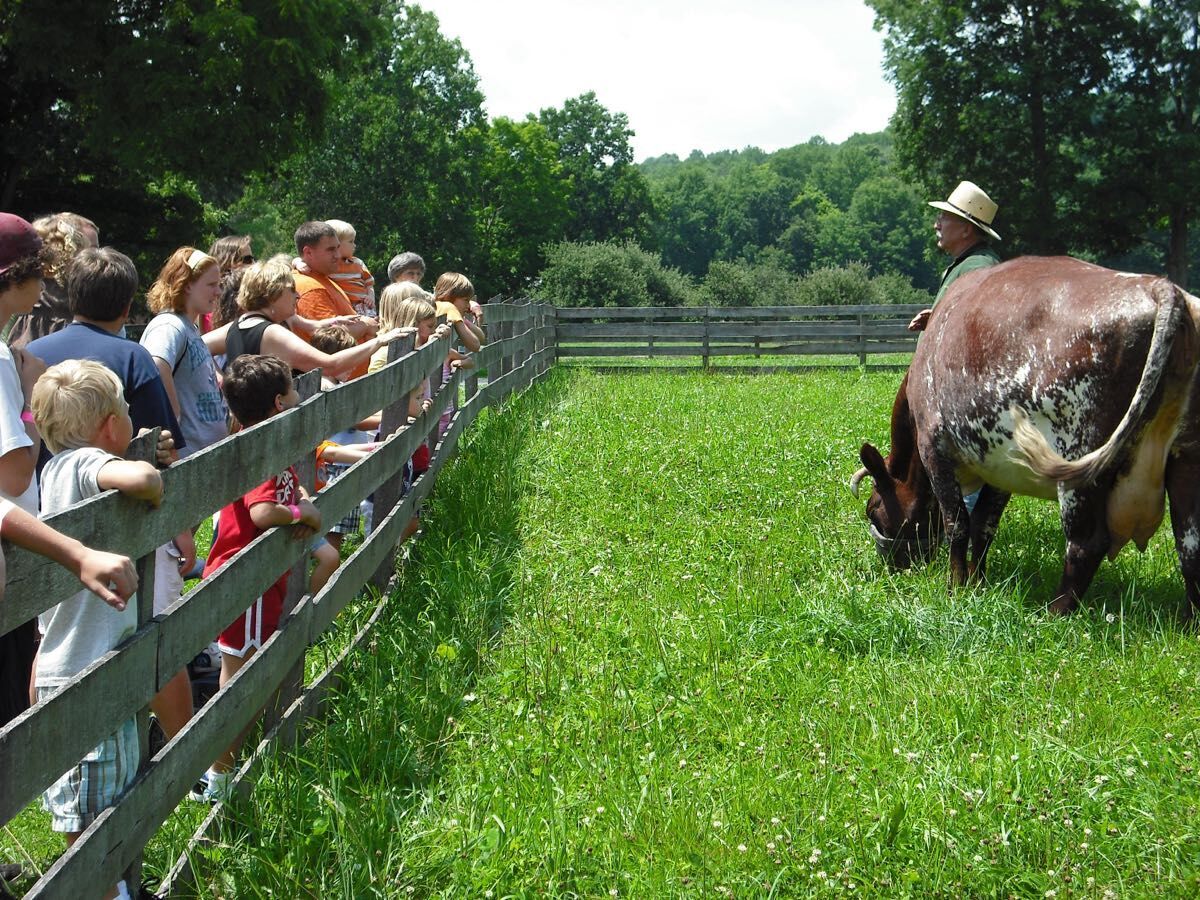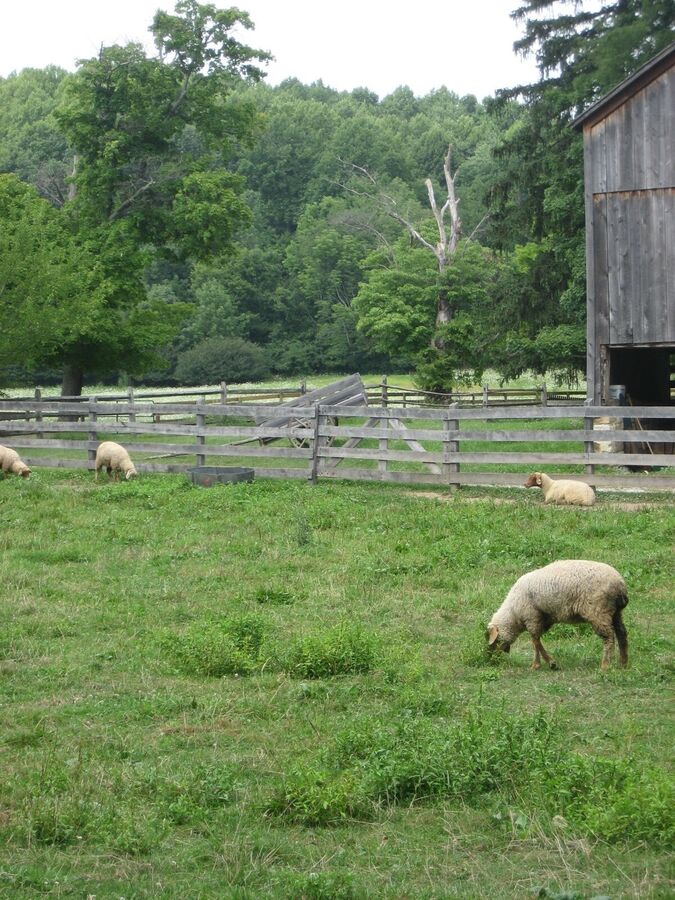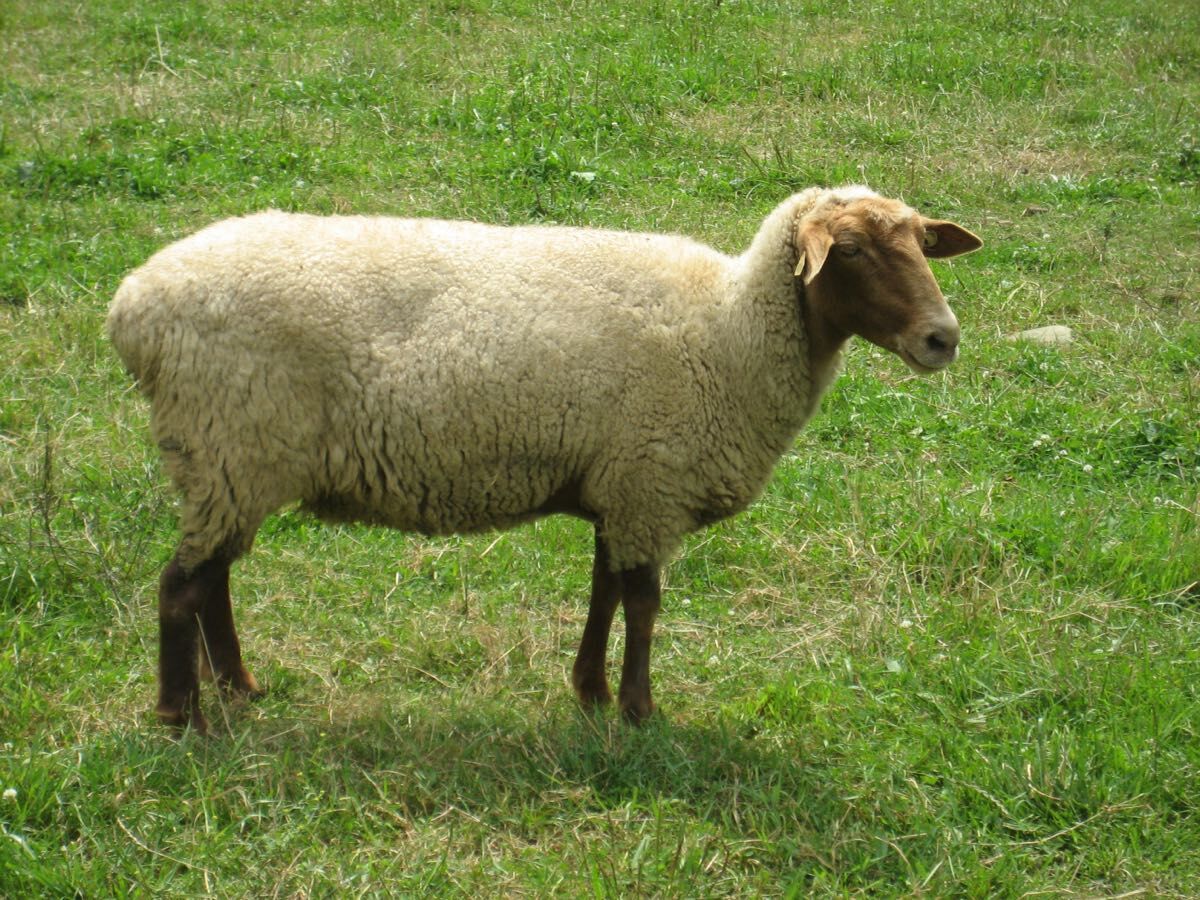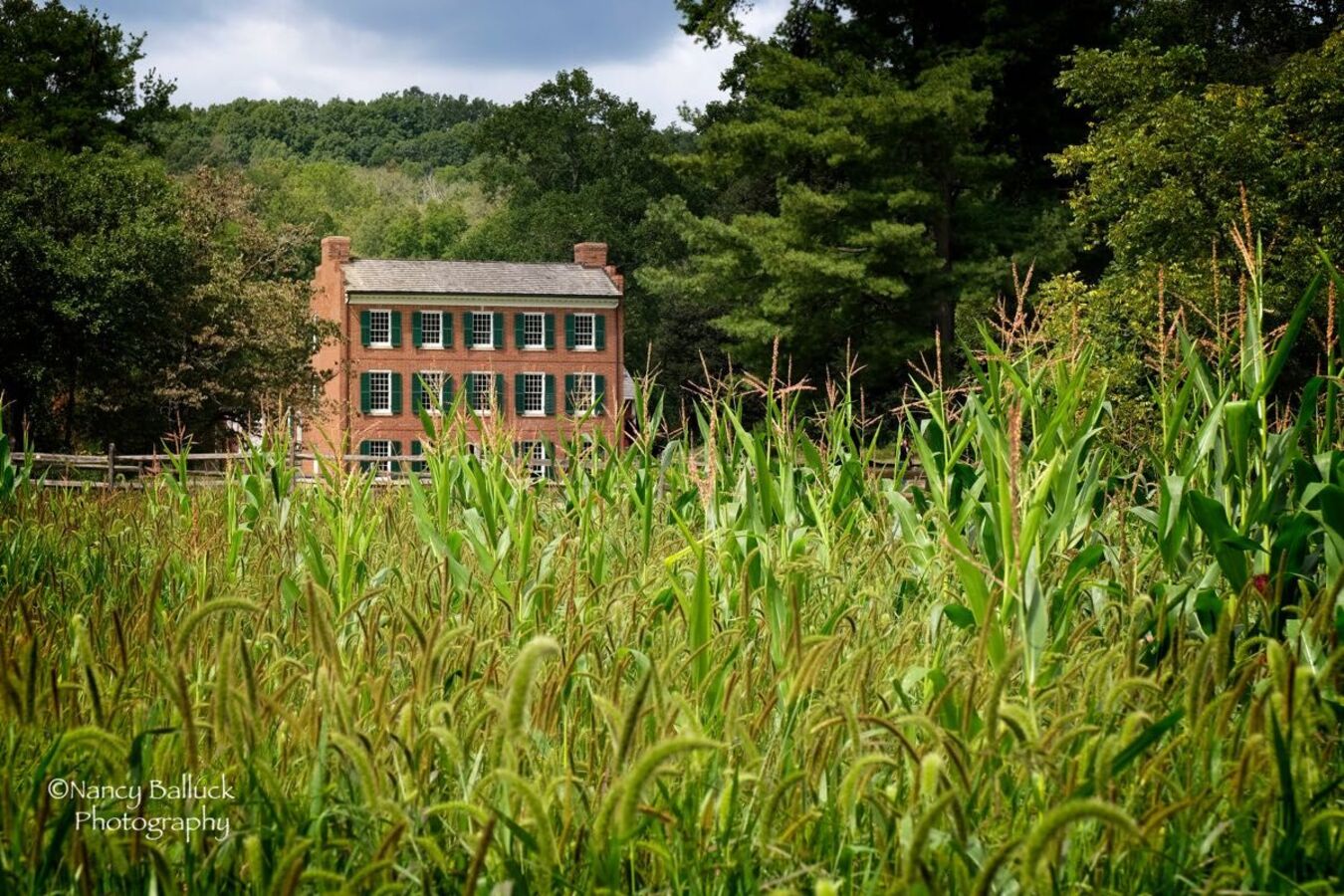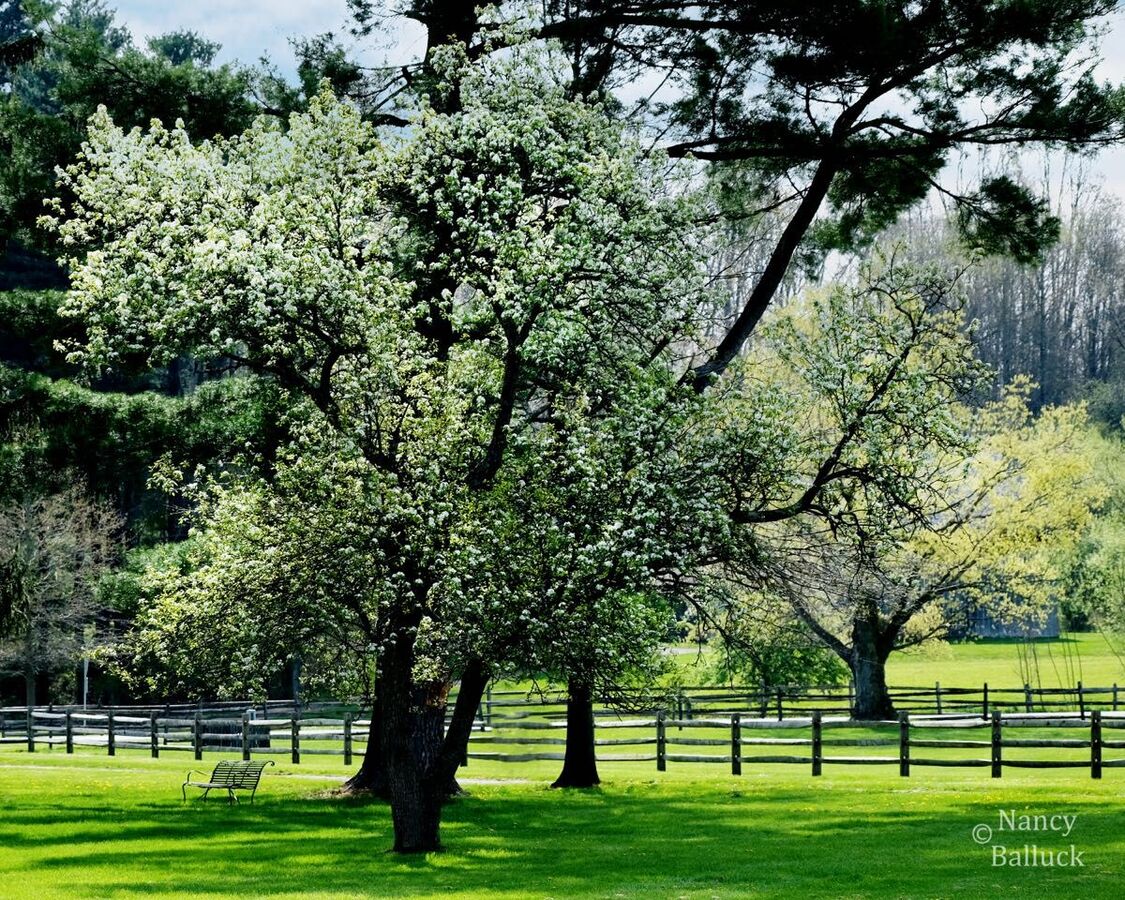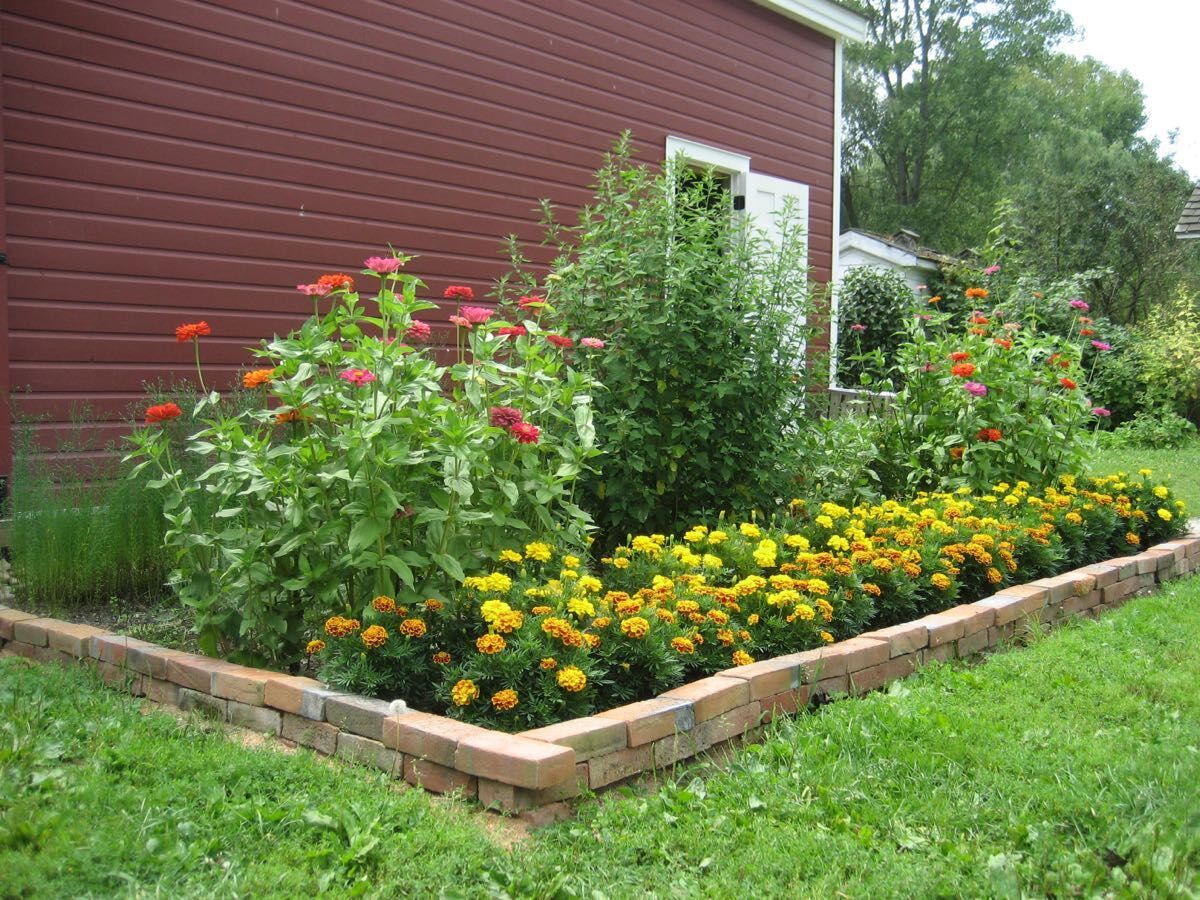The experiential learning community at Hale Farm & Village utilizes its natural surroundings through preserving the past to deliver amazing experiences for all audiences.
Each year thousands of children and adults experience our educational offerings, create lasting memories with family and friends and use the site as their own private retreat and event space.
Structures
The 32 historic structures that populate the landscape are used as individual venues for making the connection between people and place. Learning experiences take the form of preservation workshops, historic daily life experiences, professional development sessions and much more.
STRUCTURES INCLUDE:
- Fritch Log Cabin Log (1805)
- Sugar House (1910)
- The John A. McAlonan Carriage Manufactory (1851)
- The Jonathan Hale House (1825–1827)
- Hale Farm Barn (1854)
- Sheep Barn (1898)
- Hale Carriage Barn (1874)
- Hale Corn Crib Corn (1920)
- Hale Summer Cottage (1850)
- The Stow House (1852)
- The Saltbox House (1830)
- The Jagger House (1845)
- Schoolhouse (1816)
- Jonathan Goldsmith House (1830–1832)
- The Land Office (1842)
- The Mary Ann Sears Swetland Memorial Meetinghouse (1852)
- The Wade Law Office (1852)
- The Jonathan E. Herrick House (1845)
- The Aten Barn (1812)
Agriculture
Being the stewards of heritage breeds of livestock serve as the doorway to experiencing the pas. With a flock of sheep, chickens and a team of Oxen, local agriculture history is used to compare and contrast sustainability and the use of livestock past and present.
Horticulture
There are more than seven crop fields and gardens at Hale Farm & Village that serve varying purposes. From a dying garden used t olor the wool sheared from the heritage sheep to a kitchen garden providing produce for farm to table initiatives. The agriculture compares the past to the present and conserves the historic landscape.
Crafts & Trades
The traditional skill sets of craft & trade artisans that helped build the Western Reserve are incorporated into what is necessary to operate the farm. Whether it is traditional hinges for the historic structures, daily life items made by the potter or glass ware to be sold in the Marketplace. In addition, the artists preserve the sills of their trade for future generations through demonstrations and workshops.
- Blacksmithing
- Broommaking
- Candlemaking
- Glassblowing
- Pottery
- Spinning
- Weaving
